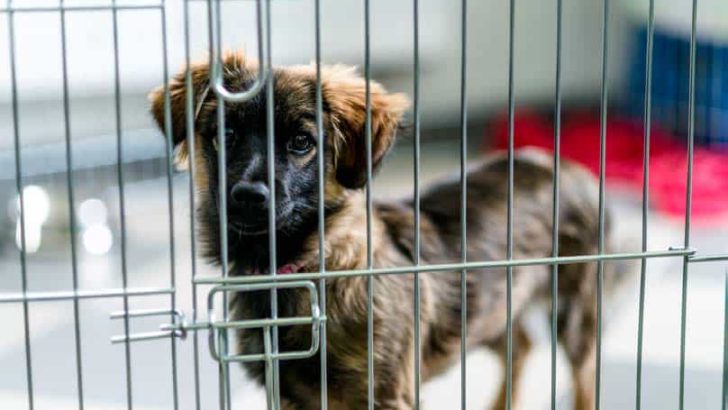
When we bring a new puppy home, we often spend a lot of time with him, creating a strong bond. It’s important to help him feel safe and secure because a confident puppy is more likely to grow into a confident adult dog. Preventing separation anxiety is much easier than fixing it later, so adding a little “alone time” practice to your daily routine can help your puppy learn to cope when he’s by himself.
To understand this, it’s important to know how puppies develop. Naturally, they want to stay close to home, their mom, and littermates. Being alone isn’t safe for them, and this instinct isn’t something they learn—it’s built in.
This is what you’re dealing with during your puppy’s early months. Later, when they reach adolescence, they start exploring more and become more independent, but they still like being around others.
For puppies, staying close is more than just a social need—it’s about feeling safe. Here are some steps you can take to help your puppy feel confident when he’s alone.
Make Your Room His Room
Contrary to what some might think, you’re not helping your puppy become independent by letting him “cry it out” at night, whether he’s in a crate, another room, or even on a different floor. Instead, set up his crate or bed in your bedroom, close to your bed. When your puppy cries at night, first check if he needs to go potty.
Sometimes, just putting your hand near him can comfort him and help him go back to sleep. Remember, puppies are used to sleeping close to their littermates, and your presence can provide that same comfort.
Teach Independence Gradually
Spending lots of time with your puppy while he’s awake is great for building your relationship, but it’s just as important to teach him that being alone is okay and not something to fear. Unfortunately, many puppies face a big change after adoption. Since many of us stay home for a while when we first get a puppy, we’re there for them all the time. But when we go back to work or school, our puppy suddenly finds himself alone. This can be really scary for a young puppy. The sudden change makes him think something is wrong, and he starts to worry.
To avoid this, your puppy should spend some time alone every day, whether you’re home or not. Decide where his “alone time” space will be—in a crate, a room, or a sectioned-off area of a bigger room. Help your puppy see this space as a good place by feeding him there. Let it be where he enjoys food toys like a stuffed Kong. Make sure this space is part of his regular living area—don’t set it up in places where the family doesn’t usually spend time, like a garage, laundry room, or basement. Spend some time with him there. Sit nearby and read a book or work on your laptop while he chews a bone or plays with a food puzzle.
Sometimes, leave him alone in that space while you do something else. Make sure he’s gone potty, had something to eat, and played a bit, then go about your day and don’t pay attention to him. The goal is to help him understand that being alone is normal and nothing to worry about. Build his independence slowly; don’t rush it! Remember, helping your puppy learn to be independent isn’t about forcing him to be alone “whether he likes it or not.” It’s about showing him that being alone is perfectly safe.
